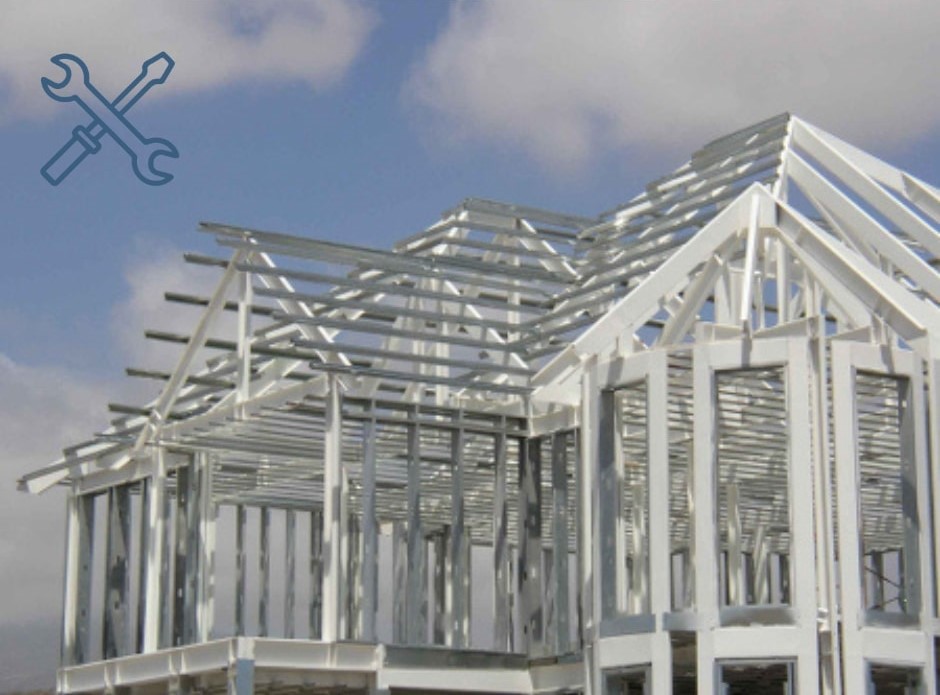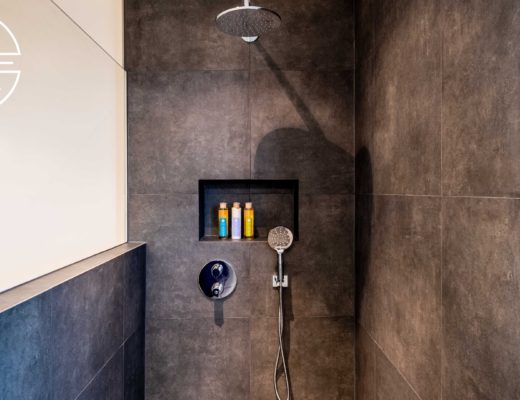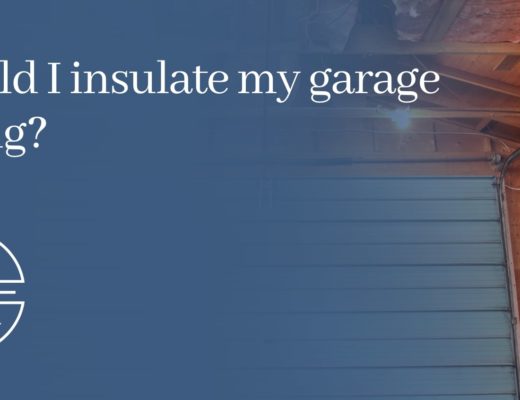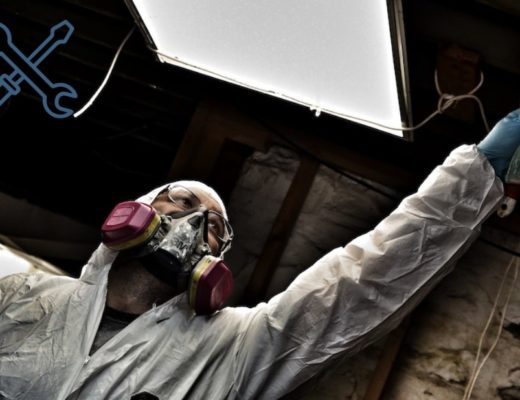Are you ready to build your dream home? It’s such an exciting endeavor, but with so many building materials available, it’s important to consider the advantages and disadvantages of each.
One material that has gained popularity in recent years is steel framing. Steel’s strength and durability make it an attractive choice for many homeowners, but it’s important to note that it also has its downsides.
In this article, we’ll take a closer look at the pros and cons of steel-framed homes, so you can make an informed decision about whether steel framing is the right choice for your next home.
History of Steel-Framed Homes
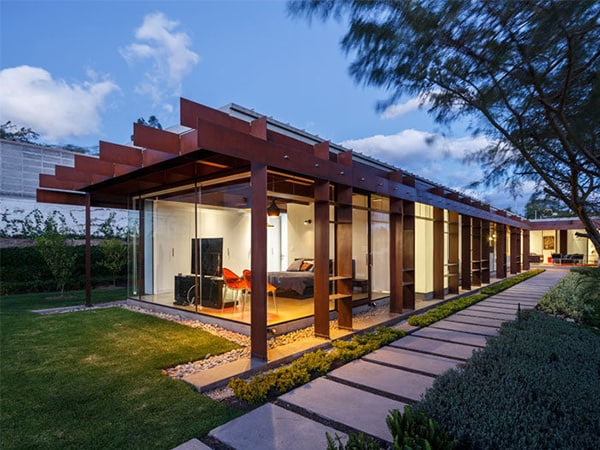
Steel framing has been used in construction for centuries, but it wasn’t until the 20th century that it became popular in residential construction. In the mid-1940s, it was introduced as a cost-effective and durable alternative to traditional wood framing.
However, it wasn’t until the 1970s that steel framing gained popularity in the United States due to rising lumber costs and increased concern over deforestation.
Today, steel framing is a popular choice for both residential and commercial construction, and its popularity continues to grow as new technologies and advancements make it an even more attractive option.
Selecting the Right Building Material
Choosing the right building material is crucial when building your dream home. Factors such as durability, cost, environmental impact, and design flexibility should be carefully considered.
While steel framing is a popular option, it’s important to evaluate its benefits and drawbacks before making a decision.
Pros of Steel-Framed Homes
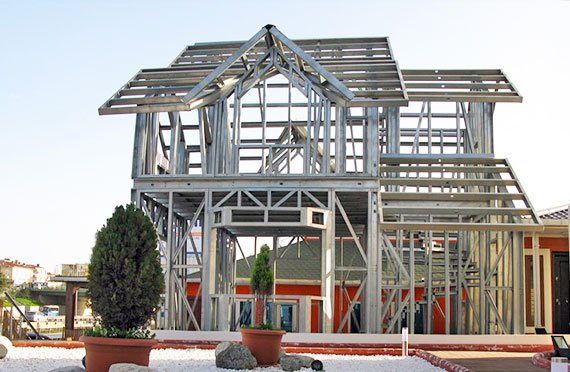
Steel-framed homes offer several benefits that make them an attractive option for homeowners. Let’s take a closer look at some of the key advantages of steel framing:
Durability and Strength
One of the main benefits of steel framing is its durability and strength. Steel is a very strong material that can withstand extreme weather conditions, earthquakes, and other natural disasters.
It’s also resistant to rot, mold, and insect infestation, making it a great choice for homes in humid or damp climates.
Fire Resistance
Another benefit of steel framing is its fire resistance. Steel doesn’t burn, making it an excellent choice for areas that are prone to wildfires or other fire hazards.
In addition, steel framing can help prevent the spread of fire within a home, providing an added layer of protection for you and your family.
Termite and Pest Resistance
Steel is also resistant to termites and other pests that can damage wood framing. This means that you don’t have to worry about costly pest control treatments or damage to your home’s structure.
Sustainability and Eco-friendliness
Steel is a sustainable and eco-friendly building material. It’s recyclable and can be reused indefinitely without losing its properties. This means that steel framing has a much lower environmental impact than traditional wood framing.
Design Flexibility
Finally, steel framing offers a high level of design flexibility. It can be used to create unique and modern architectural designs, and it can also be easily modified or expanded over time.
This means that you can create a custom home that meets your specific needs and preferences.
What is the problem with steel-framed homes?
Although steel-framed homes offer the above-mentioned advantages, there are several downsides to consider.
These include higher costs, difficulty in insulation, rust and corrosion, sound transmission, and limited availability of skilled labor.
Read on to learn more about the cons of steel-framed homes.
Cons of Steel-Framed Homes
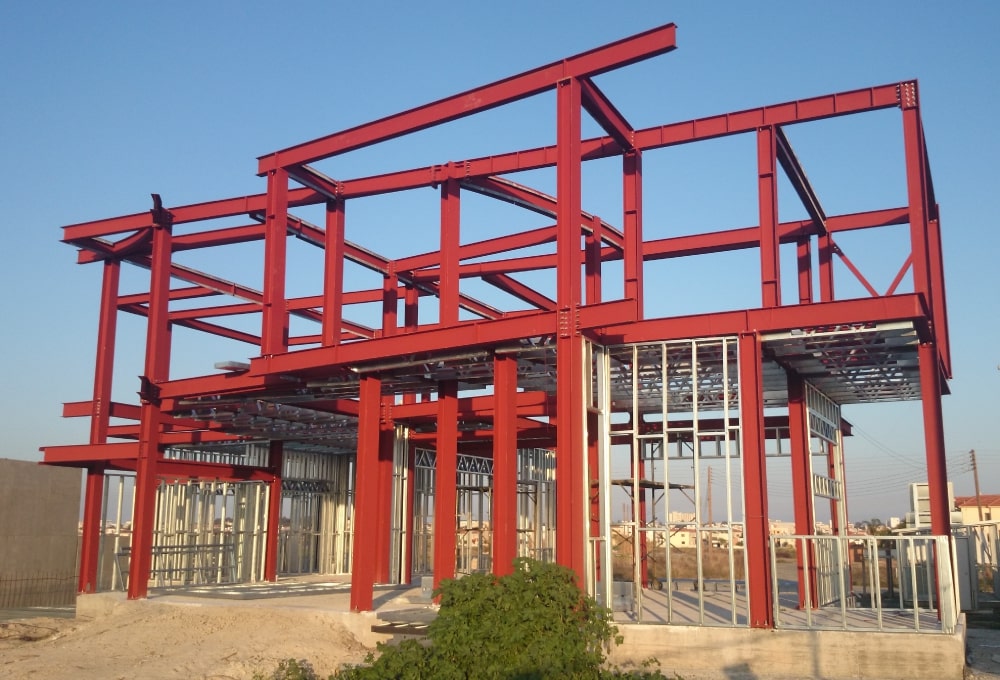
While steel framing offers many benefits, there are also several potential drawbacks to consider. Here are some of the cons of steel-framed homes:
Cost
One of the biggest drawbacks of steel framing is the cost. Steel is often more expensive than other building materials such as wood, which can increase the overall cost of building a home.
Difficulty in Insulation
Steel is a highly conductive material, which can make it difficult to insulate a steel-framed home properly. Without proper insulation, steel homes can be less energy-efficient than other types of homes, leading to higher heating and cooling costs.
Rust and Corrosion
Steel can be prone to rust and corrosion, especially in humid or coastal environments. Over time, this can weaken the structure of the home and lead to costly repairs.
Sound Transmission
Steel is a highly reflective material, which means that it can transmit sound more easily than other materials. This can be a concern for homeowners who want a quiet living environment.
Limited Availability of Skilled Labor
Steel framing requires specialized skills and knowledge, which can make it challenging to find skilled labor or home builder for a steel-framed home construction project. This can lead to higher labor costs and longer project timelines.
Is a steel-framed home right for you?
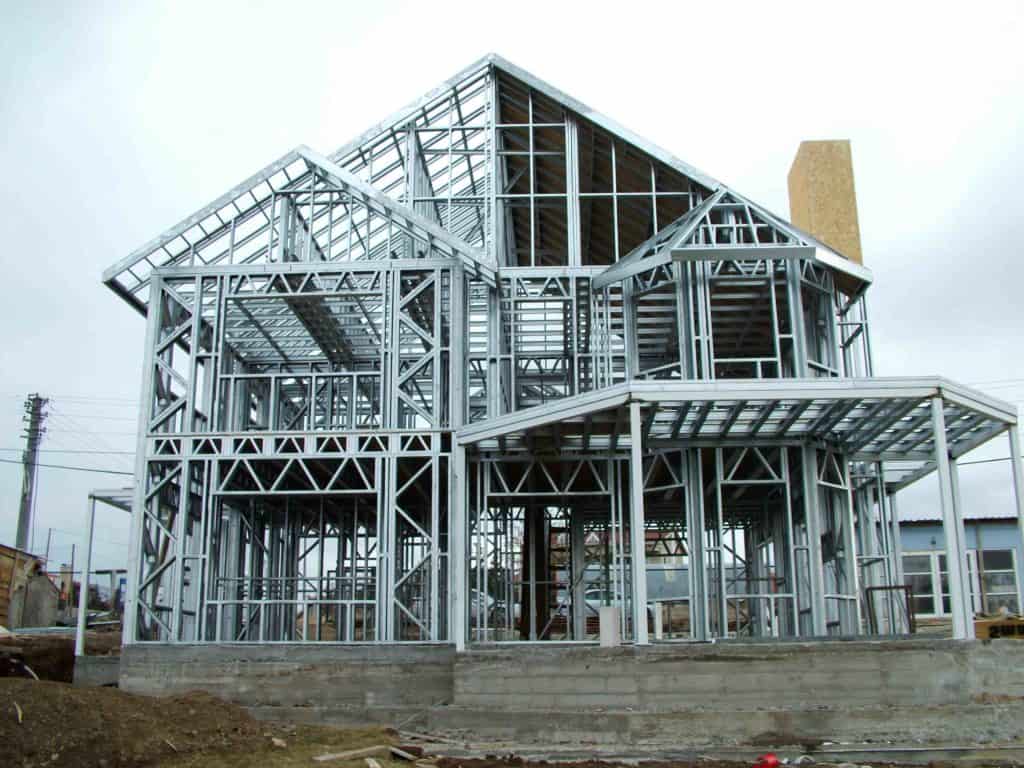
Steel framing has its pros and cons, so it’s crucial to assess if it’s the right choice for you. Here are a few things to consider:
- Your budget: Steel framing can be more expensive than other building materials, so it’s important to determine if it fits within your budget.
- Your location: If you live in an area with high humidity or near the coast, steel framing may not be the best choice due to the risk of rust and corrosion.
- Your design preferences: Steel framing offers a lot of design flexibility, but it may not be the right fit for every aesthetic.
- Your insulation needs: If you prioritize energy efficiency and soundproofing, steel framing may not be the easiest material to insulate.
Factors to Consider When Choosing a Building Material
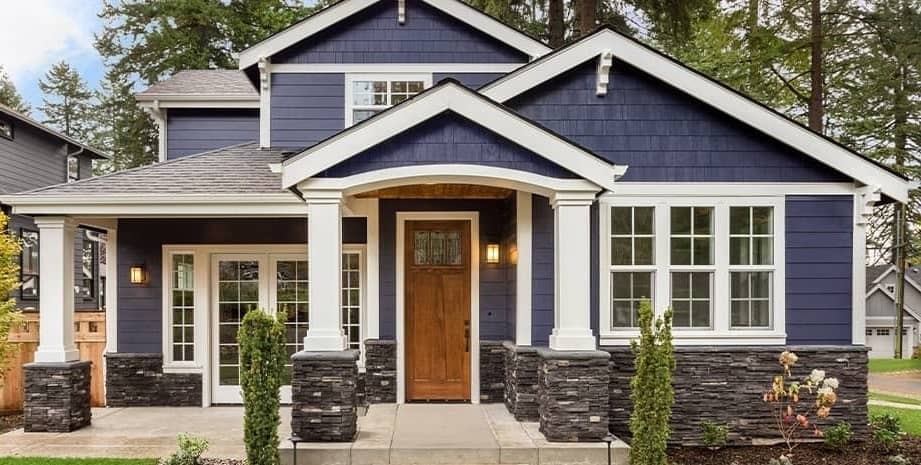
When selecting a building material, there are a variety of factors to think of. Here are some key factors to consider:
- Durability: The durability of your home is important, so consider materials that are known for their strength and longevity.
- Cost: Building a home can be expensive, so you must prioritize a material that fits within your budget.
- Environmental impact: If you’re concerned about the environmental impact of your home, consider materials that are eco-friendly and sustainable.
- Design flexibility: Your building material can impact the design of your home, so consider materials that offer the flexibility to achieve your desired aesthetic.
- Insulation: Insulation is important for energy efficiency and soundproofing, so consider materials that are easy to insulate.
By considering these factors and doing some research, you can ensure that you choose a building material that will result in a home that you’ll love for years to come.

